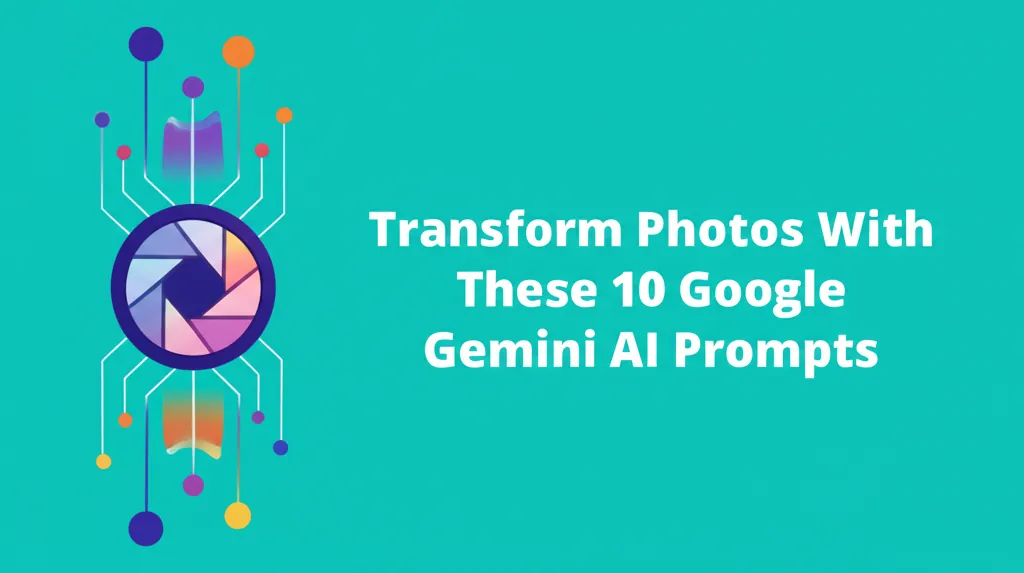Why The AI Actor Tilly Is Causing Outrage
A new arrival in Hollywood is already generating significant controversy and a long list of critics. Her name is Tilly Norwood, and she’s not a person, but an AI-generated “actor.”
Developed by the AI production studio Particle6, Tilly was introduced with lofty ambitions. The studio's head, Eline Van der Velden, expressed a desire for the AI character to become the next Scarlett Johansson. However, the entertainment industry has responded with strong opposition.
When Van der Velden announced that Tilly was attracting interest from talent agents, the news triggered widespread backlash. Multiple actors’ unions, including SAG-AFTRA, quickly released statements condemning the concept of a synthetic performer. The criticism wasn't limited to organizations; actors accused Tilly's creators of unethically using real people's images. Actor Mara Wilson questioned the ethics on social media, asking, “And what about the hundreds of living young women whose faces were composited together to make her?” The situation escalated when a Nashville musician claimed Tilly is her exact doppelganger.
Particle6 has denied these allegations, stating to HuffPost, “Tilly was developed entirely from scratch using original creative design. We do not and will not use any person or performer’s likeness without explicit consent and fair compensation.” Amid the outcry, Van der Velden reframed Tilly as “not a replacement for a human being, but a creative work — a piece of art” in a social media post.
Despite these claims, experts caution that Tilly raises unsettling implications for real people by reinforcing outdated tropes about women.
Reinforcing Harmful Beauty Standards
One of the most immediate criticisms of Tilly is how she perpetuates a narrow, conventional standard of beauty. She appears thin, young, and white, an appearance that aligns with the biases found in major AI image generators. A Washington Post investigation into these tools confirmed that they tend to generate images of 'beautiful' women with these specific traits.
Safiya Noble, a UCLA professor and author of “Algorithms of Oppression,” argues that Tilly is a digital extension of the distortions seen with social media filters. “Those distortions, even though they are seemingly unreal, they circulate so much in our culture that then are celebrated and ... liked and hearted,” Noble explained. “And that certainly has a psychological and emotional toll on us.” This is supported by research, including a 2022 study on Instagram that linked browsing the platform to increased body dissatisfaction among young women.
The Unsettling Desire for an Obedient 'Actor'
Tilly's existence also reveals a troubling perspective on the value of women's labor in creative industries. Alexandra Mateescu, a researcher with Data & Society’s Labor Futures program, pointed to a particularly unsettling line from a Particle6 promotional video. In an AI-generated sketch, a male character casts Tilly in a show and remarks, “She’ll do anything I say; I’m already in love.”
Mateescu notes that this line promotes “this vision of this feminine, docile, cute, young actress who won’t talk back or complain about working conditions or anything.” This narrative poses a threat, especially to emerging actors. Mateescu fears such marketing could be “used as a cudgel... to discourage them from demanding better working conditions under this threat of potentially being replaced.”
She draws parallels to the modeling industry, where her research shows how AI allows companies to alter a model's likeness without their knowledge or fair pay. While top-tier professionals might see AI as a creative tool, it disproportionately harms those in more vulnerable positions. In this context, Tilly represents a potential threat to newer actors who lack the power and influence of established stars. Noble adds that Tilly's existence normalizes “controlling women’s images” and the idea that it is acceptable to “make women do what we want them to do.”
How We Should Talk About AI Like Tilly
While Tilly is presented as a character with feelings, experts warn against this anthropomorphism. A post on her Facebook page reads, “I may be AI generated, but I’m feeling very real emotions right now.” Noble views this as intentionally misleading. “The more kind of anthropomorphized they are, the more misleading and deceptive they are to the public,” she says. “This is why these technologies are so incredibly dangerous.”
The best way to resist this narrative is to be precise with language. Instead of an “actor,” experts suggest seeing Tilly for what she is: a marketing product. Noble recommends referring to projects like Tilly as low-quality “AI slop” rather than art and using the pronoun “it” to describe the technology. “We should talk about it like a machine learning model,” she advises.
Mateescu agrees, stating, “The notion of AI personhood is a marketing exercise and a legal maneuver that I don’t think we should buy into. Tilly is not an actress any more than... Sid the sloth from the ‘Ice Age’ movies is an actor. It’s just a digital likeness.”



